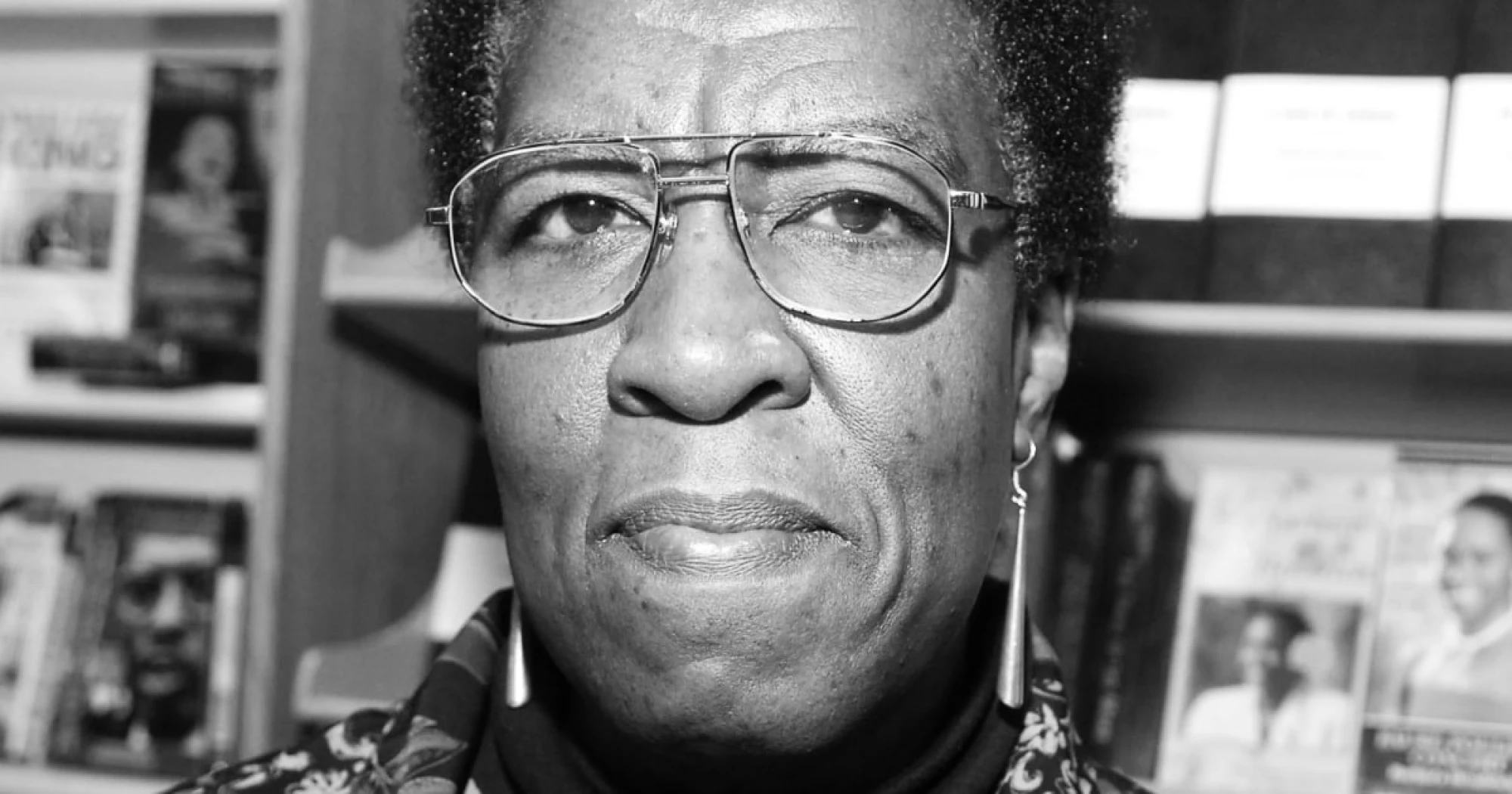Why the internet is still obsessed with Octavia E. Butler, decades after her death

In “Positive Obsession: The Life and Times of Octavia E. Butler,” author Susanna Miller shares Butler’s quiet yet radical story, revealing how the worlds she imagined were shaped by the one that often shut her out.
For pioneering science fiction novelist Octavia E. Butler, writing was more than a profession. It was a form of survival, resistance and reflection. In “Positive Obsession: The Life and Times of Octavia E. Butler,” author and college professor Susana M. Morris shares the quiet yet radical story of Butler’s life, revealing how the worlds she imagined were shaped by the one that often shut her out.
Going from a shy Black girl, born in 1947 and raised under Jim Crow, to a literary icon, Butler’s path to success was not linear. She was told not to dream but to get a “real” job. As she juggled temp jobs, financial anxiety and a society that resisted making room for her, Butler wrote genre-defining literature that has been adapted for TV and film in recent years, and has continued to go viral nearly two decades after her death in 2006 at 58.
“Positive Obsession,” named for a 1989 essay by Butler, pulls from journals, interviews and personal letters in Butler’s public archives to illuminate the forces that shaped her, revealing an ambitious and meticulous writer.
Susana M. Morris.Chrissandra JallahFor most of her career, Butler woke up before dawn to write for hours ahead of what she once called “lots of horrible little jobs.” As she toiled in factories and warehouses, washing dishes, inspecting potato chips and making telemarketing calls, Butler conjured characters from her everyday encounters.
Morris told NBC that in sharing Butler’s story now, 19 years after her death, she hopes to inspire artists who don’t think they can afford to create to find the time.
Rating: 5